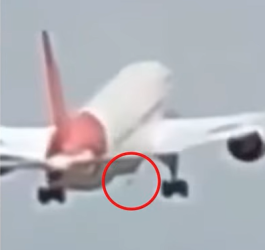Understandable in the 60s and 70s, plus short-haul high-frequency jets didn’t enjoy such long periods before their first losses.
There is much more to minimising hull loss than just aircraft design, and build quality. Contributors to aircraft safety extends beyond the aircraft itself and even beyond aircraft maintenance) even though the outcomes tend to be measured in aircraft hull losses.
These include
1) ATC:
Air traffic controller as a profession
Aircraft tracking - transponders, radar
Traffic management techniques in high density areas
ATC procedures and common lamguage
ILS and other precision navigational aids
2) Understanding the role of Human Factors:
Fatigue management
Crew resource managemrnt
Communication
Automation and workload management
Checklists and procedures
coughpit design as it relates to the interface between human and machine
3) Training
Recurrent training
Scenario based learning and practice
High fidelity simulators
Accident and near miss Data analysis and feedback
4) Culture
Just culture - learn from mistakes rather than assign blame within a robust framework of standards.
No blame reporting system
Environment of continuous improvement
5) Regulatory
Robust regulatory oversight which may be at the company and government level
Deep involvement of all stakeholders


















